Archives
- 2025-10
- 2025-09
- 2025-03
- 2025-02
- 2025-01
- 2024-12
- 2024-11
- 2024-10
- 2024-09
- 2024-08
- 2024-07
- 2024-06
- 2024-05
- 2024-04
- 2024-03
- 2024-02
- 2024-01
- 2023-12
- 2023-11
- 2023-10
- 2023-09
- 2023-08
- 2023-06
- 2023-05
- 2023-04
- 2023-03
- 2023-02
- 2023-01
- 2022-12
- 2022-11
- 2022-10
- 2022-09
- 2022-08
- 2022-07
- 2022-06
- 2022-05
- 2022-04
- 2022-03
- 2022-02
- 2022-01
- 2021-12
- 2021-11
- 2021-10
- 2021-09
- 2021-08
- 2021-07
- 2021-06
- 2021-05
- 2021-04
- 2021-03
- 2021-02
- 2021-01
- 2020-12
- 2020-11
- 2020-10
- 2020-09
- 2020-08
- 2020-07
- 2020-06
- 2020-05
- 2020-04
- 2020-03
- 2020-02
- 2020-01
- 2019-12
- 2019-11
- 2019-10
- 2019-09
- 2019-08
- 2019-07
- 2019-06
- 2019-05
- 2019-04
- 2018-11
- 2018-10
- 2018-07
-
Sphingolipids such as ceramides and glucosylceramides are
2024-08-21
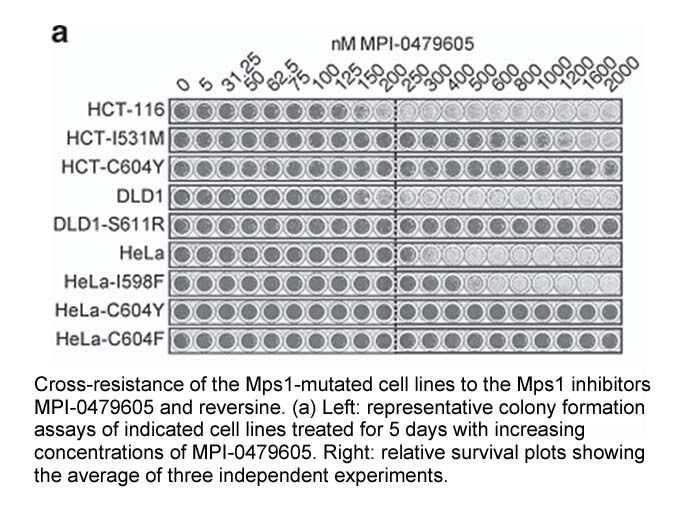
Sphingolipids, such as ceramides and glucosylceramides, are an important class of bioactive lipids. The levels of these lipids change as a function of adipose tissue mass and functionality, and are partially driven by cellular availability of palmitoyl-CoA. Aberrant accumulation of ceramide, glucosy
-
teniposide br New AMPK activators Fenofibrate is a drug
2024-08-21
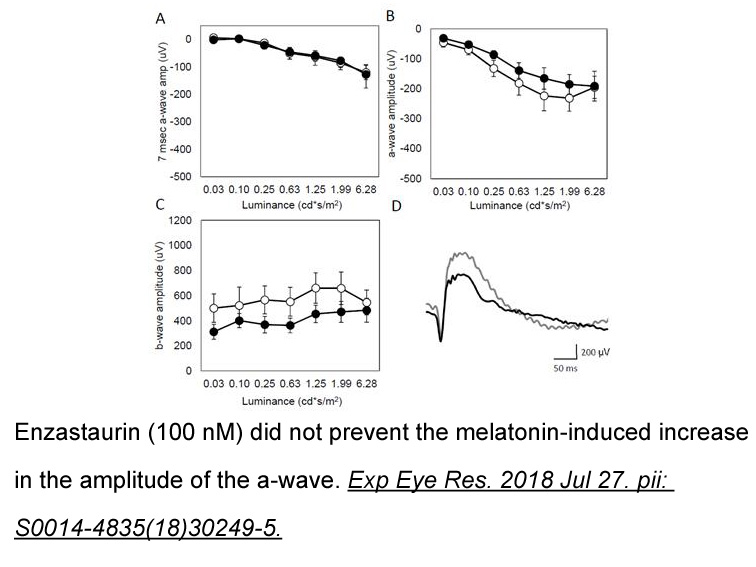
New AMPK activators Fenofibrate is a drug of the fibrate class used for the treatment of dyslipidemia [53] but is also an agent that could alleviate DN-induced alterations through AMPK activation (Fig. 2). Streptozotocin-induced diabetic rats treated with fenofibrate improved in not only renal fu
-
GSK J4 Further evidence for ACh GABA
2024-08-21
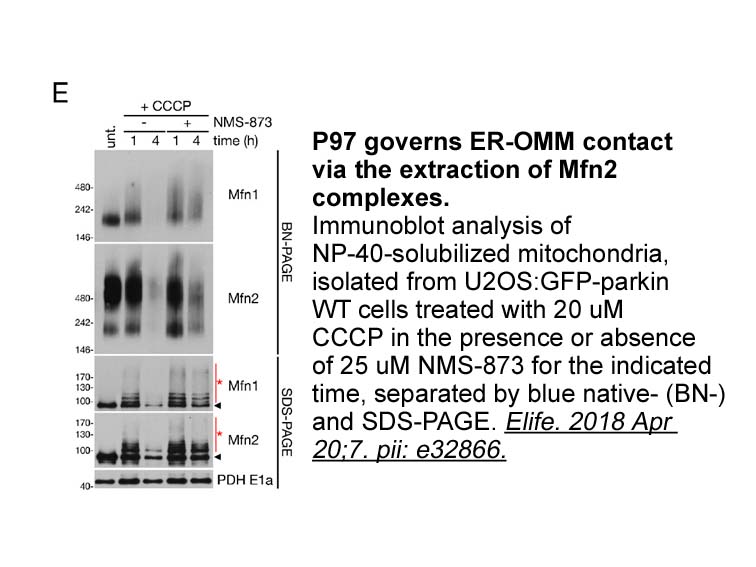
Further evidence for ACh/GABA cotransmission had also been observed in the cortex. Extensive axonal arborization from cholinergic BF neurons exists throughout the cortical layers, allowing direct observation of cholinergic synaptic terminals. One study in the visual cortex of cat examined immunolabe
-
Our co IP data show that HT A or HT
2024-08-21
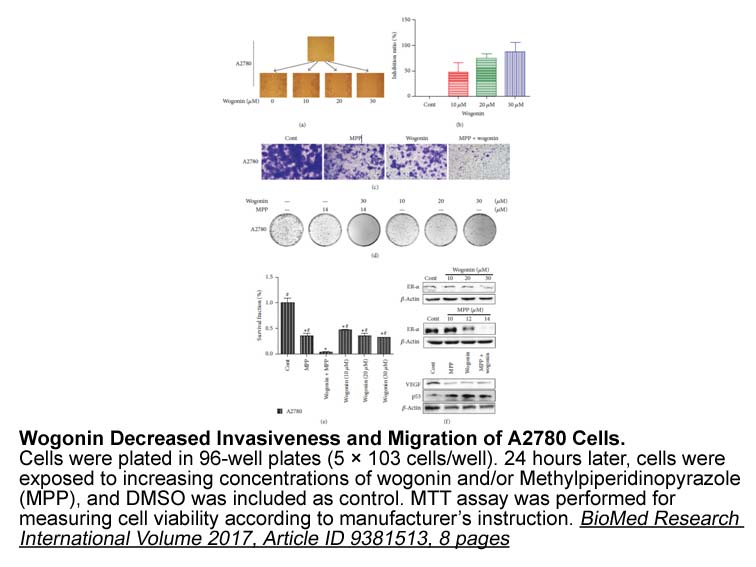
Our co-IP data show that 5HT1A or 5HT2A receptors do not heterodimerize with mGluR1α receptors. Given that both 5-HT and mGlu receptors are GPCRs and produce anxiolytic effects, a degree of cooperativity via a functional cross-talk may still exist between these receptors [11]. In addition to the fun
-
Despite the absence of disulfide bonds in its linear structu
2024-08-20
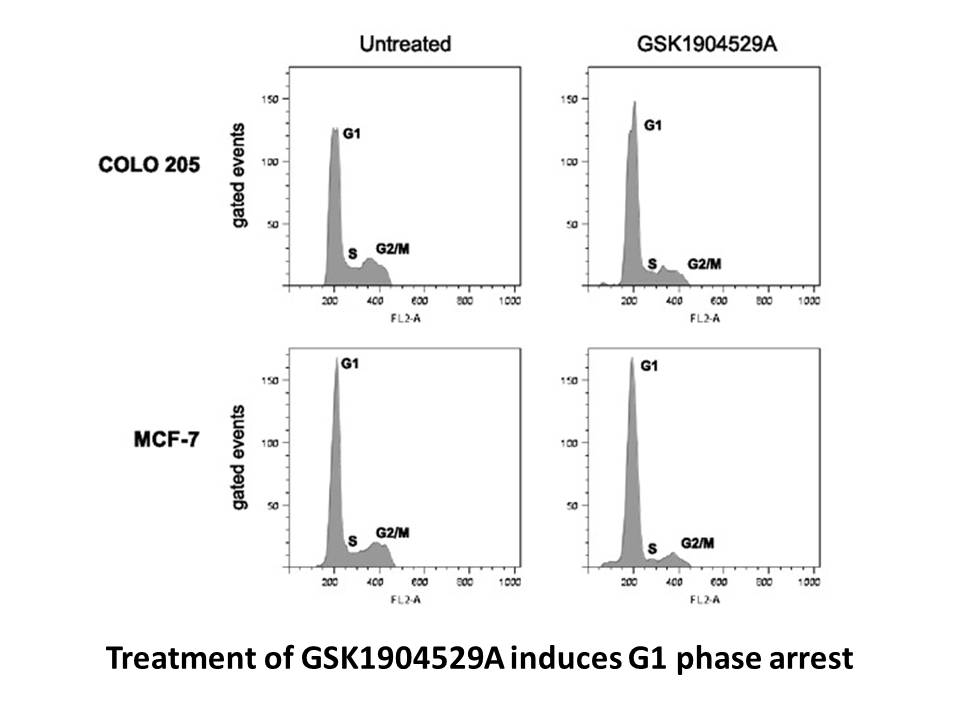
Despite the absence of disulfide bonds in its linear structure, KT43C displays antifungal and antibacterial activity. Disulfide bonds are determinants of defensins' integrity and have been reported to increase the antimicrobial activity (Jenssen et al., 2006). However, some linear derivatives of AMP
-
Tumor tissues often experience hypoxia owing to accelerated
2024-08-20
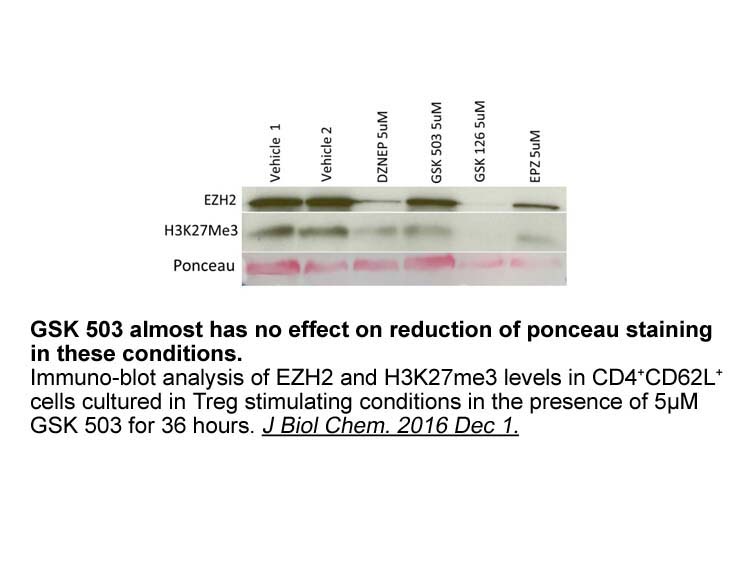
Tumor tissues often experience hypoxia owing to accelerated growth rates of malignant cells, accumulation of metabolic products, disorganization of tumor blood vessels, and high interstitial fluid pressures (Makino et al., 2001). In response to AAD treatment, tumor vascular density often decreases t
-
Furthermore a recently published network meta analysis inclu
2024-08-20
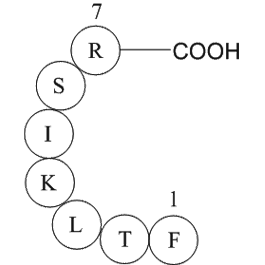
Furthermore, a recently published network meta-analysis including 30 trials in patients with hypertension and diabetes demonstrated that ARBs have efficacy similar to that of ACEIs for all-cause and cardiovascular mortality (HR 0.95, 95% CI 0.73 to 1.30 and HR 1.23, 95% CI 0.64 to 2.78, respectively
-
MAPs require divalent transition metal ions as cofactors
2024-08-20
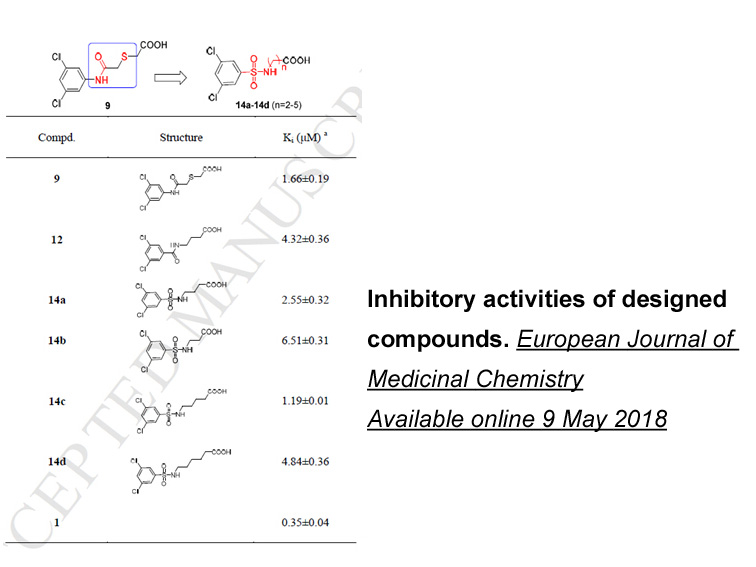
MAPs require divalent transition metal ions as cofactors for activity [21]. Previous studies on MAPs from different organisms indicate cobalt ions to be the most preferred divalent metal activator [22]. However, MAPs also exhibit activity with other divalent cations like Mn(II), Ca(II), Ni(II) or Fe
-
br Introduction Alzheimer s disease AD
2024-08-20
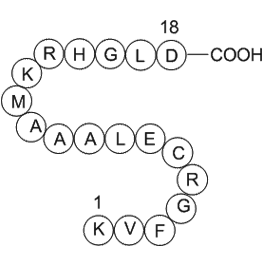
Introduction Alzheimer's disease (AD) is a neurodegenerative disorder and the leading cause of dementia. It is characterized by progressive and irreversible damage to different minocycline hydrochloride areas, resulting in cognitive impairment and behavioral changes (O'Neill, 2013, De Strooper a
-
The aldehyde reductase AKR A and
2024-08-20
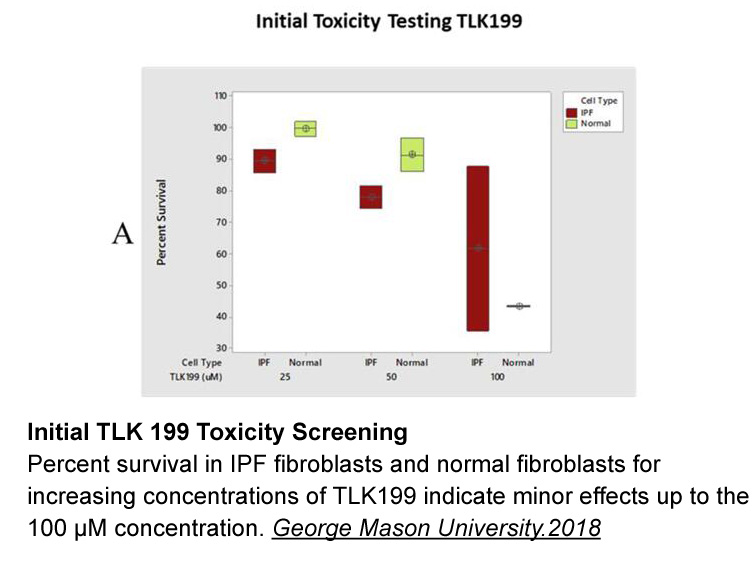
The aldehyde reductase (AKR1A1) and aldose reductase (AKR1B1) belong to aldo-ketoreductase (AKR) superfamily catalyzing the reduction of corresponding aldehydes and ketones involved. Both the closely related enzymes AKR1A1 and AKR1B1 have 65% structural similarity and differ only at the active site.
-
br Materials and method br Result and discussion
2024-08-20
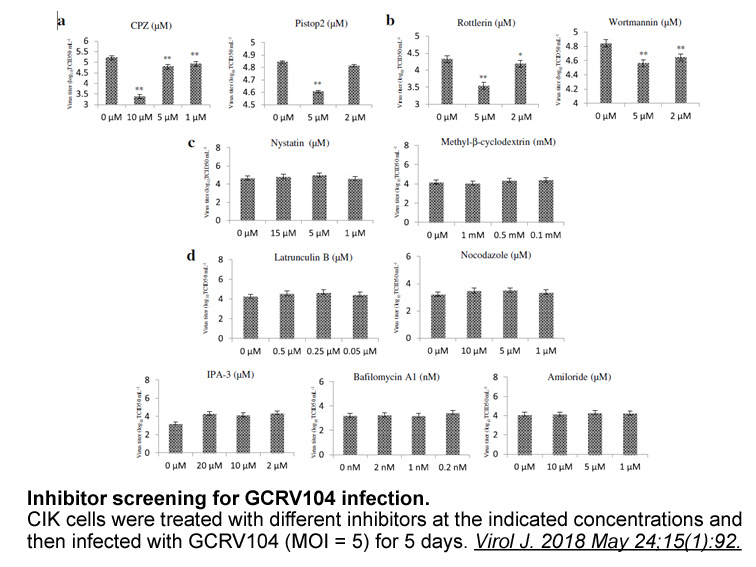
Materials and method Result and discussion Conclusion Acknowledgments This work is partly supported by the University Research Committee (URC) of the Senate of The Federal University of Technology, Akure. The authors thanked IFS for the funds (F/4449 1F and F/4449-2F) used to purchase th
-
br ABCA mRNA expression is
2024-08-20
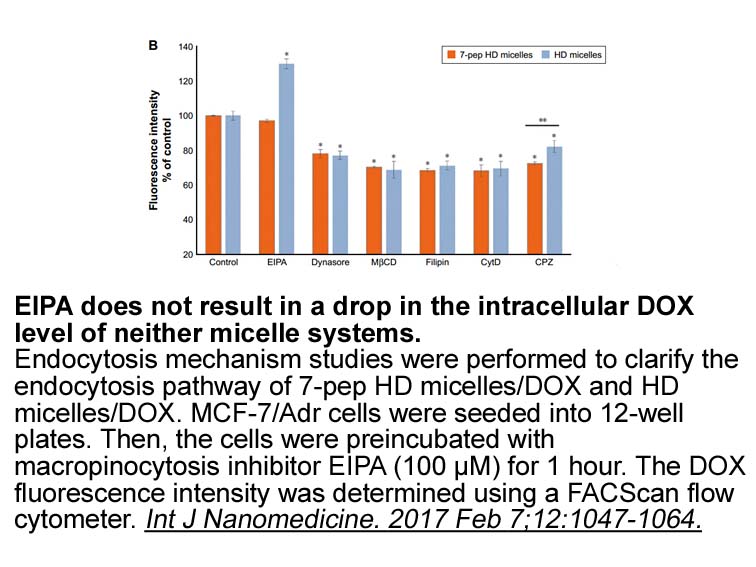
ABCA2 mRNA expression is elevated in Niemann-Pick type C and familial hypercholesterolemia fibroblasts Niemann-Pick Type C disease is a neurological disorder of adolescents due to autosomal-recessive mutations in either one or both Niemann-Pick-2 (NPC2) and NPC1 genes, which, like ABCA2, are loca
-
KB SRC 4 We now present a series
2024-08-20
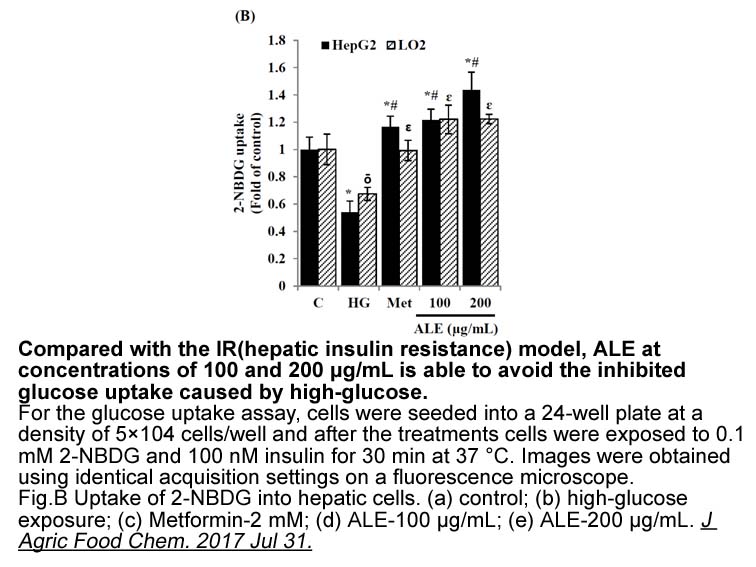
We now present a series of findings obtained in heterologous expression systems, brain slices, and living animals that suggest that any interaction between mGlu7 and α1-adrenergic receptors exists, is specific, and is physiologically and behaviourally relevant. Materials and methods Norepinephri
-
Because activation of HT A receptor is capable
2024-08-20
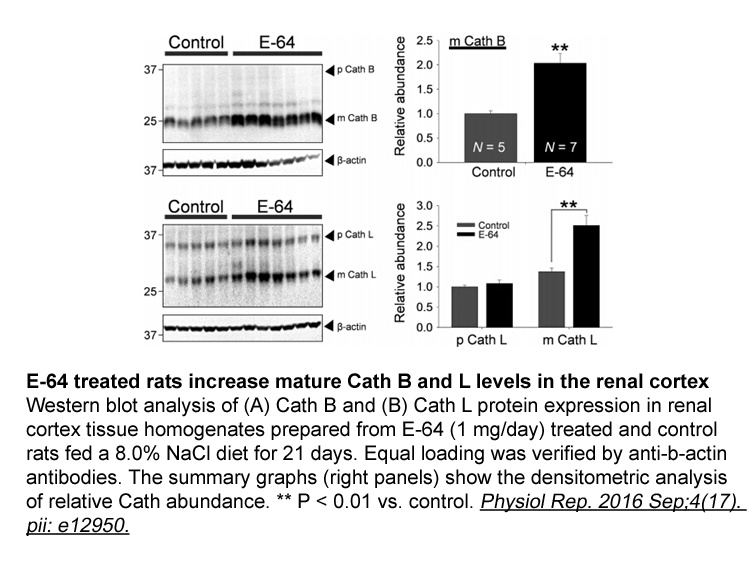
Because activation of 5-HT2A receptor is capable of facilitating dopamine cell activity and dopamine release (Bortolozzi et al., 2003), and this action of dopamine is known to mediate rat maternal behavior, especially maternal motivation (Afonso et al., 2007, Febo et al., 2010, Li and Fleming, 2003,
-
Introduction Myasthenia gravis MG is
2024-08-19
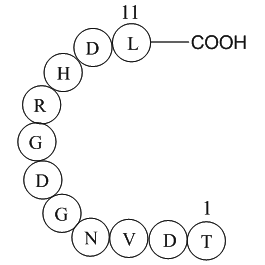
Introduction Myasthenia gravis (MG) is an autoimmune disorder characterized by muscle weakness, which is mainly due to autoantibodies reducing the number or function of postsynaptic nop receptor receptors (AChRs) [1], [2]. Animal models have been developed to uncover the immunopathogenesis of MG. E
15581 records 93/1039 page Previous Next First page 上5页 9192939495 下5页 Last page